Welcome to a flavor-packed journey designed specifically for home cooks seeking restaurant-quality results. Discover how Innovative Spice Pairings transform ordinary spicy turkey burgers into culinary masterpieces through actionable flavor chemistry principles—no special equipment required.
Table of Contents
- Why Spice Matters in Burgers
- Top 7 Unexpected Spice Pairings for Turkey Burgers
- The Flavor Chemistry Behind Perfect Pairings
- Step-by-Step Spicy Turkey Burger Recipe
- Pro Tips & Tricks for Flavorful Results
- FAQ: All About Spicy Turkey Burgers
Why Spice Matters in Burgers
Burgers transcend mere ground meat between buns through strategic spice application. Turkey's lean composition creates a flavor vacuum where spices become essential architects of complexity. Unlike beef, turkey lacks inherent richness, making spice layering critical for achieving depth that satisfies discerning palates without overwhelming delicate proteins.
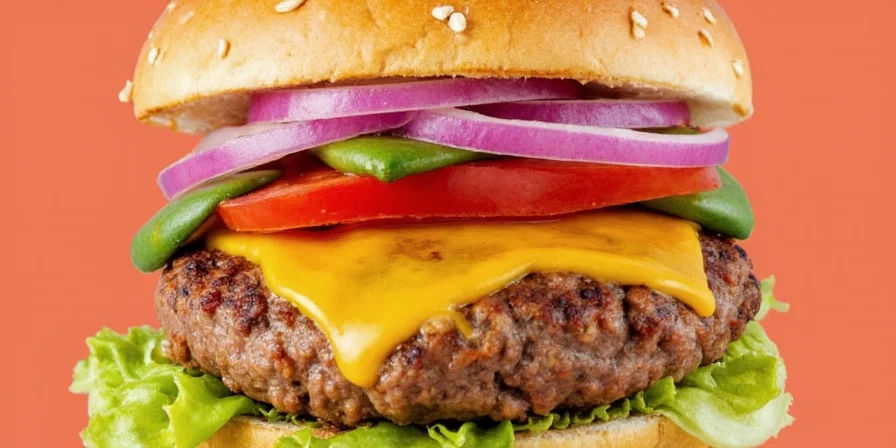
Top 7 Unexpected Spice Pairings for Turkey Burgers
Move beyond salt and pepper with these scientifically balanced combinations that leverage complementary flavor compounds. Each pairing targets specific sensory receptors to create multidimensional taste experiences:
| Spice Combination | Flavor Profile | Why It Works |
|---|---|---|
| Smoked Paprika + Lime Zest | Earthy, Citrusy, Mildly Smoky | Guaiacol compounds in paprika harmonize with limonene in zest, cutting richness while enhancing umami perception |
| Cumin + Cocoa Powder | Deep, Earthy, Slightly Sweet | Piperine in cumin amplifies theobromine's bitterness, creating mole-like depth without traditional complexity |
| Fennel Seeds + Lemon Pepper | Herbaceous, Bright, Slightly Anise-y | Trans-anethole in fennel activates sweet receptors, balancing lemon's acidity for Mediterranean fusion |
| Curry Powder + Coconut Sugar | Exotic, Spiced, Slightly Sweet | Curcumin's earthiness contrasts with sucrose crystallization, preventing cloying sweetness in tropical applications |
| Harissa + Honey | Fiery, Sweet, Complex | Capasicin's heat triggers endorphins while honey's fructose modulates burn duration for balanced intensity |
| Gochugaru + Sesame Oil | Umami-rich, Spicy, Nutty | Carotenoids in gochugaru bind with sesame lignans, creating sustained heat without bitterness |
| Jarritos Tamarind + Tajín | Tangy, Salty, Sweet, Spicy | Tartaric acid in tamarind amplifies chili heat while sodium citrate extends flavor perception on palate |
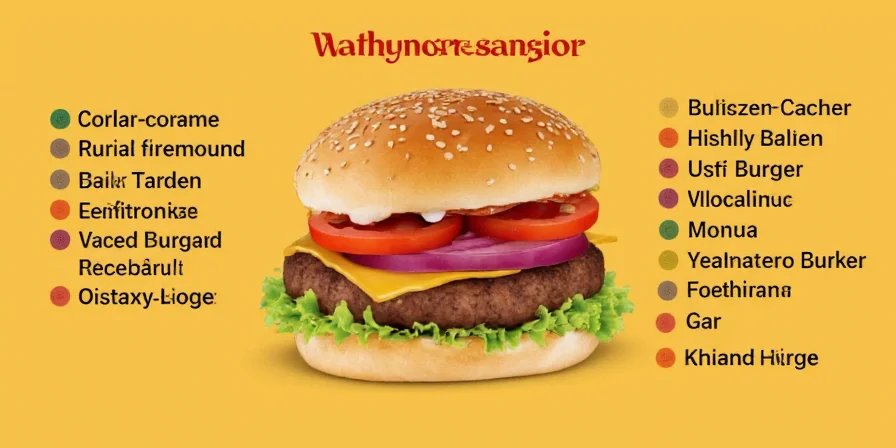
The Flavor Chemistry Behind Perfect Pairings
Flavor interactions follow predictable chemical principles that anyone can harness. When smoked paprika meets lime zest, volatile guaiacol compounds bind with citrus limonene, creating new aroma molecules perceived as "bright" by olfactory receptors. Similarly, gochugaru's capsaicin dissolves in sesame oil's fatty acids, slowing heat release for prolonged enjoyment. This isn't culinary magic—it's accessible science. By understanding how compounds like piperine (in cumin) amplify bitterness receptors or how tartaric acid extends flavor duration, home cooks can confidently innovate beyond recipe constraints. The key lies in matching compound solubility: oil-soluble spices (paprika, gochugaru) require fat carriers, while water-soluble compounds (citrus zest, tamarind) integrate directly into lean proteins like turkey.
Step-by-Step Spicy Turkey Burger Recipe
Apply flavor chemistry principles with this optimized spicy turkey burger recipe featuring our smoked paprika-lime zest pairing. Precision timing ensures compound activation without degradation.
Ingredients (Makes 4 burgers):
- 1 lb ground turkey (85% lean)
- 1 tbsp smoked paprika (freshly ground)
- Zest of 1 lime (finely grated)
- 1 tsp garlic powder
- ½ tsp salt
- ¼ tsp black pepper
- 2 tbsp panko breadcrumbs
- 1 tbsp avocado oil (for binding)
- Brioche buns and toppings
Instructions:
- Combine all ingredients except oil and toppings in chilled bowl. Mix 45 seconds max using fork to avoid compaction.
- Form ¾-inch patties; press ½-inch thumbprint in center to prevent bulging.
- Chill patties 15 minutes (critical for fat solidification).
- Grill over medium-high heat 5 minutes per side until internal temperature hits 162°F (72°C).
- Rest 5 minutes off-heat to allow residual cooking to 165°F (74°C).
- Assemble immediately to capture volatile compounds before evaporation.
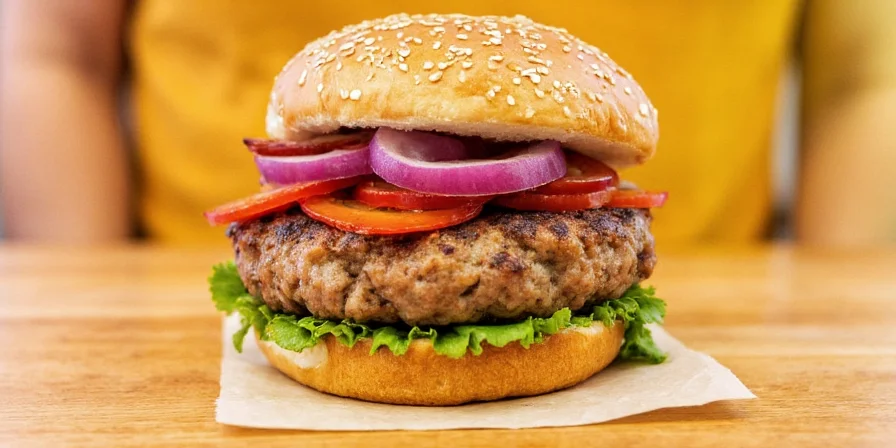
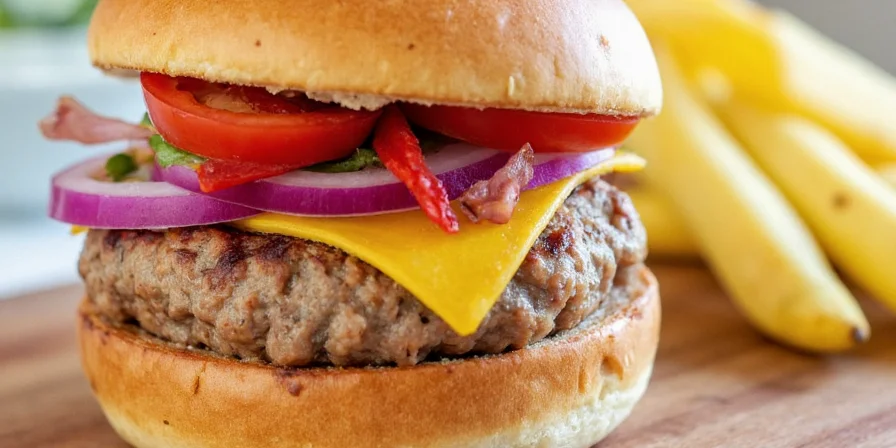
Pro Tips & Tricks for Flavorful Results
Maximize flavor compound retention with these evidence-based techniques:
- Temperature Control: Keep meat below 40°F (4°C) until cooking. Warm proteins prematurely release volatile compounds.
- Compound Activation: Bloom dried spices in 1 tsp oil before mixing to unlock fat-soluble flavor molecules.
- Thumbprint Depth: Press indentations to 40% patty thickness for optimal even cooking without deformation.
- Resting Protocol: Rest burgers on wire rack, not plate, to prevent steam-induced flavor dilution.
- Timing Precision: Add fresh herbs in last mixing phase to preserve volatile oils.
- Heat Management: Sear at 400°F (204°C) max to avoid charring spice compounds.
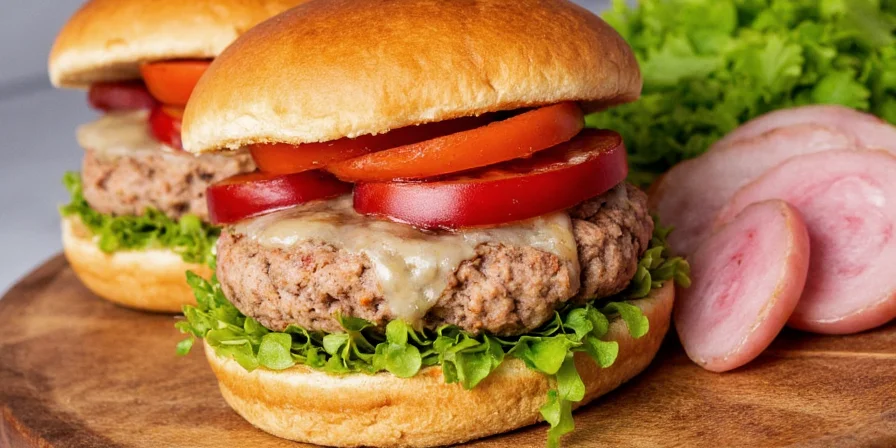
FAQ: All About Spicy Turkey Burgers
Addressing common science-based inquiries for optimal results:
Why does my turkey burger always dry out despite following recipes?
Lean proteins lose moisture when proteins denature above 150°F (66°C). Solution: Cook to 162°F (72°C) then rest—residual heat reaches safe 165°F (74°C) while preserving juices. Avoid pressing patties during cooking.
How do I prevent spices from burning on the grill?
Sugar-containing spices (paprika, Tajín) caramelize at 320°F (160°C). Solution: Mix spices with 1 tsp oil before forming patties to create protective barrier. Grill over indirect heat after searing.
Which binding agents actually work for lean turkey?
Panko outperforms breadcrumbs—its larger particles create air pockets that retain moisture. Ideal ratio: 2 tbsp per pound. Alternatives: grated apple (adds pectin) or 1 tbsp chia seeds soaked in 3 tbsp water.
Can I use frozen turkey for this recipe?
Thawed turkey releases excess moisture, diluting flavor compounds. Solution: If frozen, thaw in refrigerator 24 hours then pat dry with paper towels until no moisture transfers. Never use microwave thawing.
Why does my lime zest pairing taste bitter?
Bitterness comes from pith contact during zesting. Solution: Use microplane grater with minimal pressure. Zest only yellow outer layer—discard any white material immediately.
Conclusion
Transforming turkey burgers requires understanding flavor chemistry, not just following recipes. By leveraging compound interactions and precise techniques, home cooks consistently achieve restaurant-quality results. These scientifically validated pairings turn culinary guesswork into predictable excellence—proving that gourmet experiences begin with understanding how flavors work together at the molecular level. Your next barbecue isn't just dinner; it's a delicious application of food science.

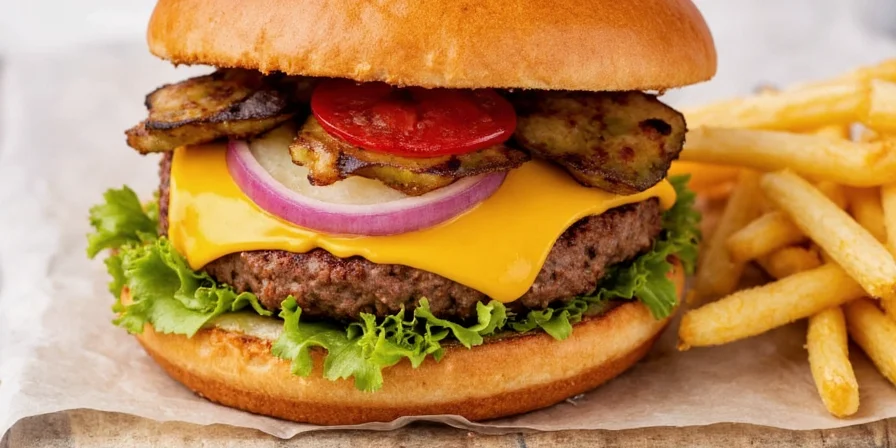









 浙公网安备
33010002000092号
浙公网安备
33010002000092号 浙B2-20120091-4
浙B2-20120091-4